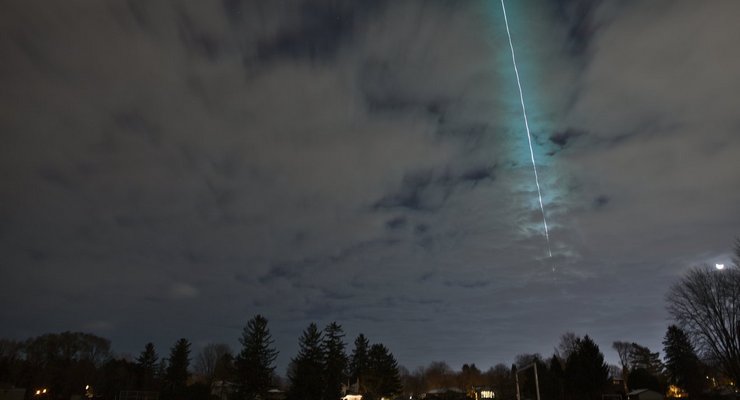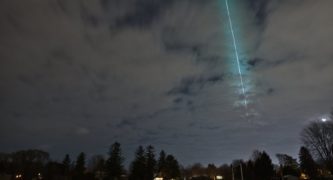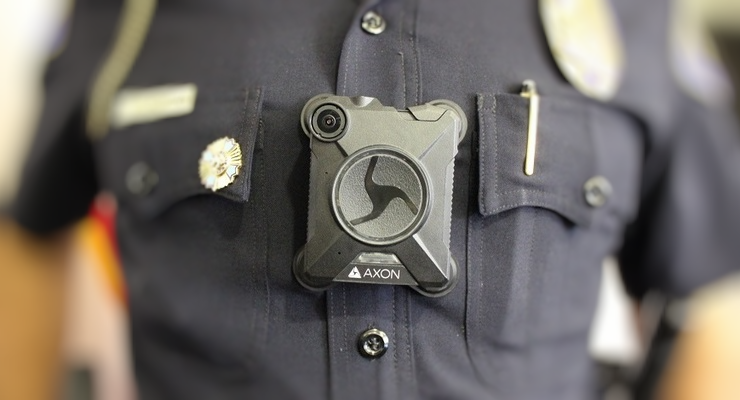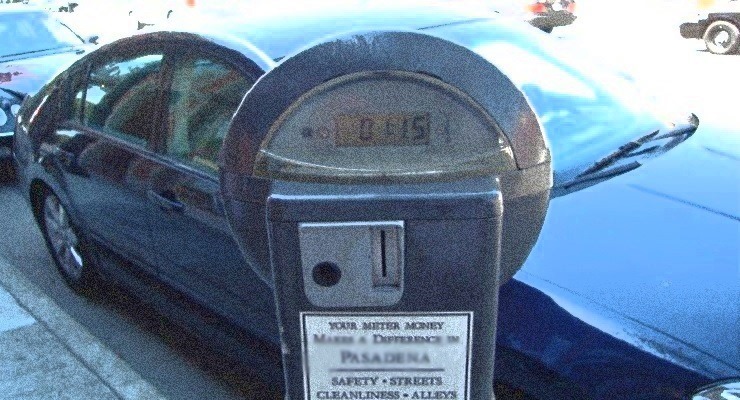
Roughly one meter (3 feet) wide, the asteroid was named 2022 WJ1 and was on a collision course with Earth.
The fireball’s entrance was no surprise as NASA’s Scout impact hazard assessment system, which is maintained by the Center for Near Earth Object Studies (CNEOS) at Jet Propulsion Laboratory in Pasadena, calculated where it would hit 3.5 hours before impact.
Although the asteroid was too small to pose a hazard to Earth its discovery marks the sixth time that any asteroid has been observed before impacting into the Earth’s atmosphere.
According to NASA, the asteroid was discovered by the NASA-funded Catalina Sky Survey, which tracks near-Earth objects (NEO), on the evening of Nov. 18, during its routine search operations for NEO.
The observations were reported to the Minor Planet Center, which is responsible for the identification, designation and orbit computation of small celestial bodies – and was eventually posted to the Near-Earth Object Confirmation Page.
JPL NASA’s Scout impact hazard assessment system automatically fetched the new data from the page and began calculating the object’s possible trajectory and chances of impact.
Seven minutes after the asteroid was posted on the page, Scout had determined it had a 25% probability of hitting Earth’s atmosphere, with possible impact locations stretching from the Atlantic Ocean off the East Coast of North America to Mexico.
“Small objects such as this one can only be detected when they are very close to Earth, so if they are headed for an impact, time is of the essence to collect as many observations as possible,” said Shantanu Naidu, navigation engineer and Scout operator at JPL. “This object was discovered early enough that the planetary defense community could provide more observations, which Scout then used to confirm the impact and predict where and when the asteroid was going to hit.”
Scientists believe the discovery of the asteroid’s trajectory and impact would be a useful test for NASA’s planetary defense capabilities for discovery, tracking, orbit determination, and impact prediction.
“The planetary defense community really demonstrated their skill and readiness with their response to this short-warning event,” said Kelly Fast, Near-Earth Object Observations program manager for the Planetary Defense Coordination Office at NASA Headquarters in Washington.
“Such harmless impacts become spontaneous real-world exercises and give us confidence that NASA’s planetary defense systems are capable of informing the response to the potential for a serious impact by a larger object,” Fast added.














 0 comments
0 comments


